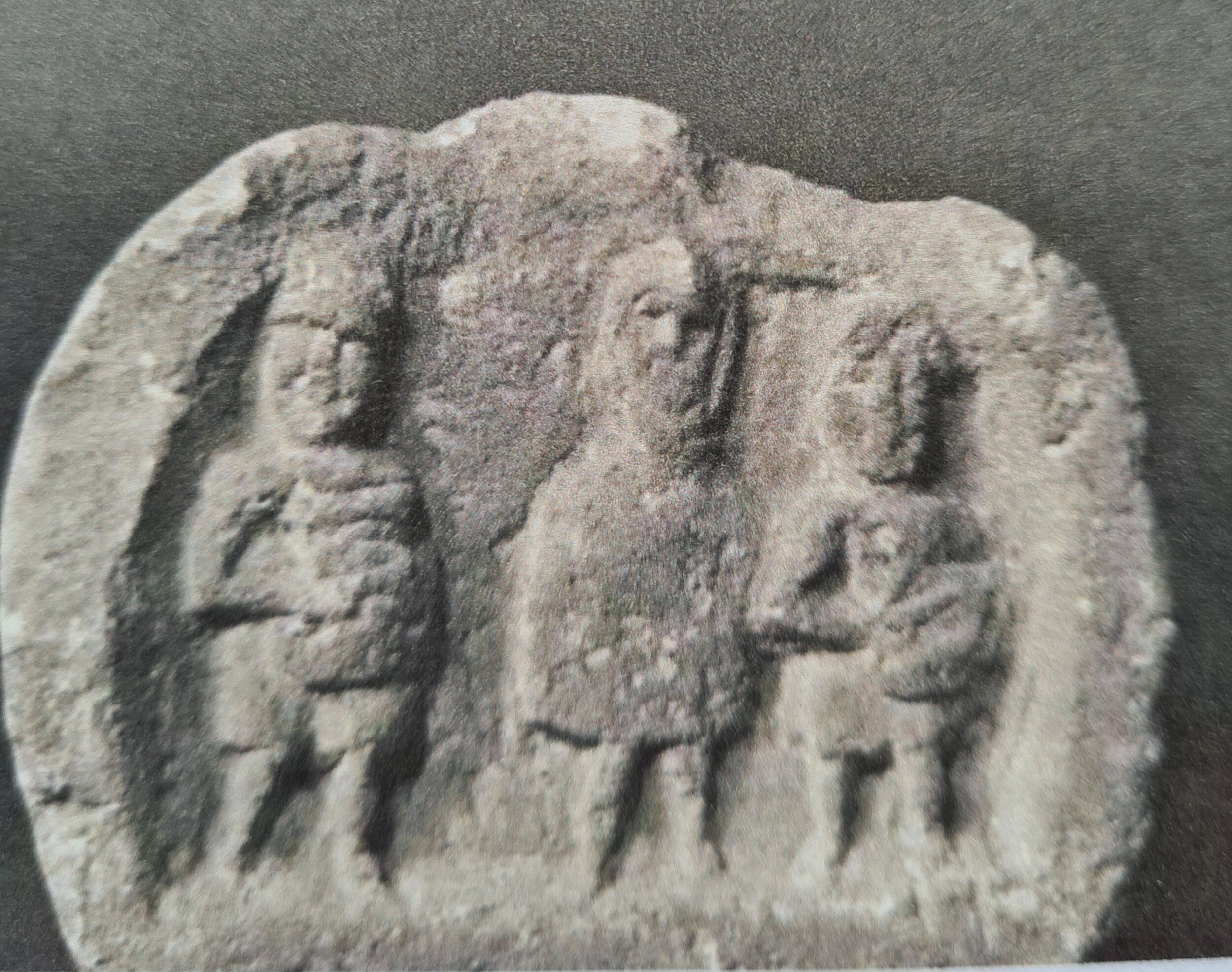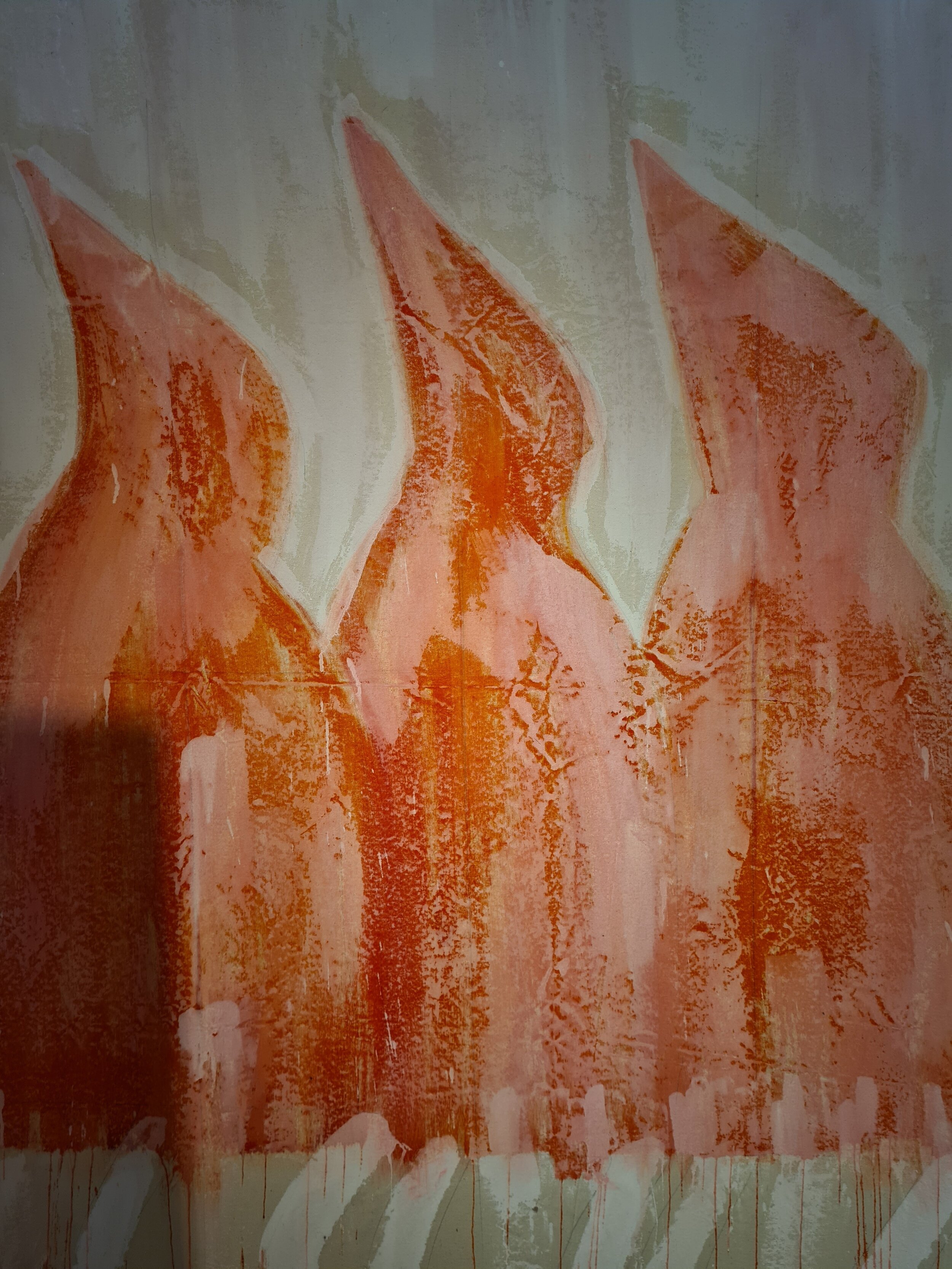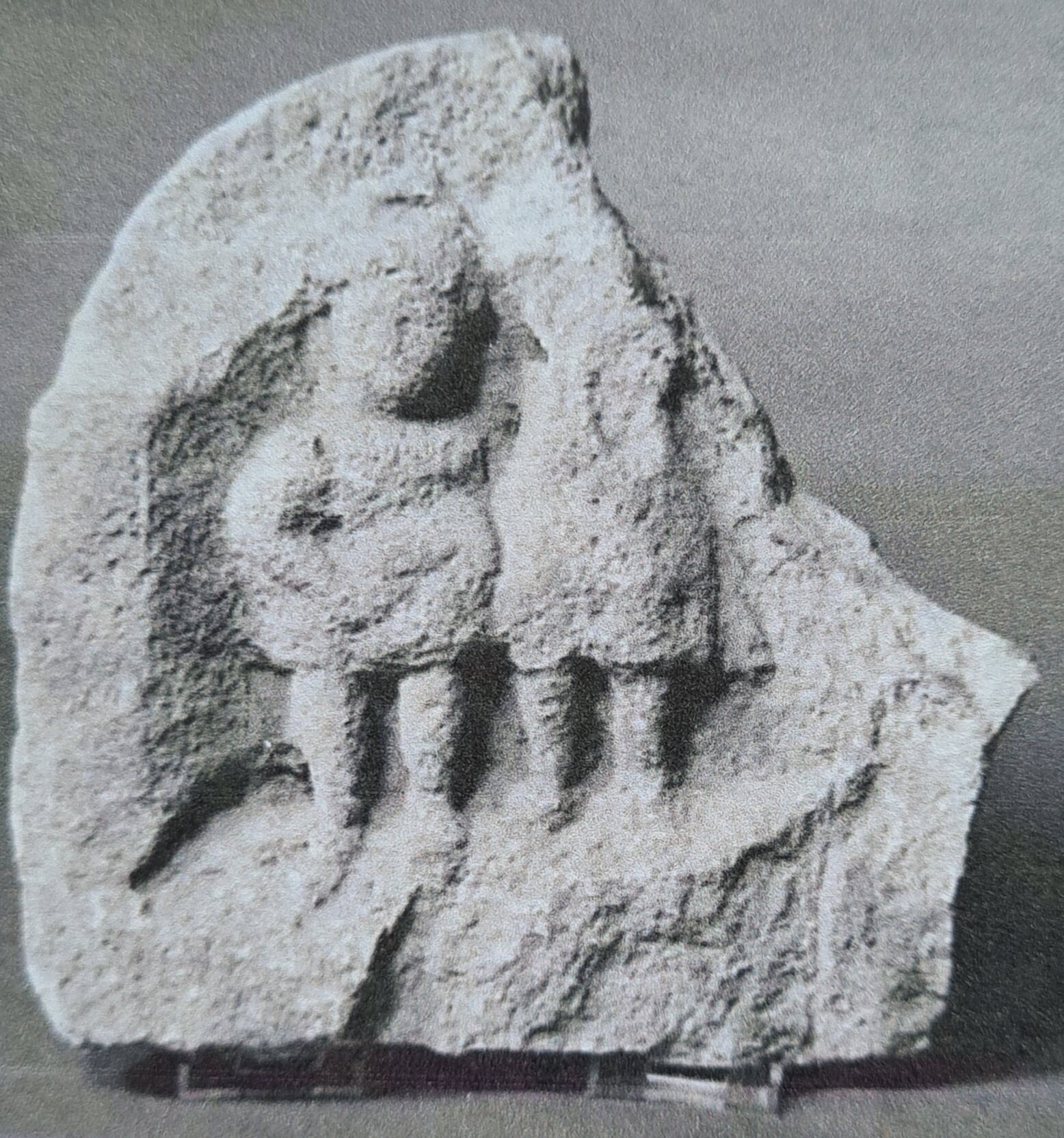Invoking Absence Exhibition: water, mineral, deity
Invoking Absence considers the entanglements of geological timescales and mineral layers, landscapes, waters and the invisible beings of place within a cycle of deep and neoteric time. It refers to contemporary animist narratives which acknowledge and learn from the complex interrelationality of ‘indigenous thinking’ (Yunkaporta) to re-interpret and expand upon ancient and contemporary Western pagan ‘thinking’ (Graham Harvey, Pegi Eyers). Obfuscated by time and linear narratives of colonial-capitalist progress, the entities and agents of place - water, mineral and deity - hold simultaneously past, present and future worldings.
Material objects made with place matter hold its alchemy too. This multi-media exhibition considers the genius loci and the matterings of place as agents, the absent-present beings whose narratives remain in steadfast flux.
~ Invoking Absence Exhibition curatorial notes
Votive offerings to Cuda at Invoking Absence, made of clay from the nearby River Frome
CUDA EX NIHILO / out of nothing Cuda - a fragment / fragmentary poem emerged from my project to walk /wade / swim the River Churn this year, just over 23 miles from its source at Seven Springs to its confluence with the Thames at Cricklade. This poem is currently written in red chalk paint on the walls of the Invoking Absence Exhibition at Halliday’s Mill Chalford, part of the 2021 Site Festival. Like a river, it weaves its way around the work of brilliant fellow artists, with whom it’s a massive privilege to share space: Fiona Finnegan, Chantal Powell, Morag Colquhoun, Anna Simson, Mair Hughes, Monica Sjöö and Patricia Brien (curator).
Churn’s name is ancient, probably an iron age Dobunni word - there are many cognate or related names and elements in the local area: Cerney, Ciren, Corin, Corinium – all of which are found along the course of the Churn. A votive relief with the word ‘CUDAE’ (to Cuda) was turned up in a field in Daglingworth, giving a name to the mother goddess associated with the local spirit cult. A number of other stone reliefs and statues of mother goddesses and the three hooded figures, known as Genii Culculatti, have been found in the area and are thought to be unique to Gloucestershire.
Some research suggests that ‘Cuda’ is a predecessor to the word Cotswold, via coda / cotta / cotts. A convergence of longing and deity, place - genius loci – drove my quest to find and follow the river, turning up this fragment of a poem – a kind of invocation which we read together at the opening of the exhibition in triplicate, honouring the ritual significance of three.
Cuda Ex Nihilo by JLM Morton
Reading
I’ll be reading again from Cuda Ex Nihilo and other poems at Yew Tree Press evening, along with Mark Huband, Andrew Fusek Peters and Natasha Dahlberg at Museum in the Park, Stroud, on Saturday 9th October 2021. Tickets are free - click here.
Artist: Monica Sjöö






